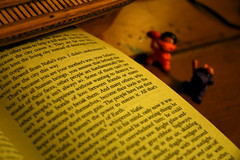A Faded Photograph
The first apartment I lived in after coming to the Island of Corfu was located in a very old building– one of the oldest in the village where I lived, I’m sure. Not that it looked all that different from the newer buildings that surrounded it, but there were a few telltale signs of its age. The staircase leading to the door was obviously hand-hewn (I am told that it has been designated as antique architecture and is therefore protected against demolition); the doors leading inside the apartment were obviously made decades ago, as the style is seen only on very old buildings in the Venetian Quarter of Corfu Town; and there was a well located in the garden at the foot of the stairs, indicating that the building was in use long before city water had come to the village. Other signs of the buildings longevity were two-foot thick walls, a covered-over window in the bathroom where the outside wall of the adjacent building now stood, and creaky wooden floors (something not now seen since building codes prescribe pre-stress concrete framing as protection against earthquakes). I once asked my friend Takis, who was also my landlord, about the building’s history, and he told me that as far as he knew, it was about two hundred fifty years old. He also told me that it was once the village bakery, and that his father had been the baker. The apartment itself was very, very hot in summertime, and Kelly and I often joked that the old bakery was still giving back the heat generated so long ago from the ovens.
The day I moved into the apartment was not the first time I’d seen the building. Nor was it the first time I’d slept there. On my very first visit to Corfu, I’d stayed in one of the building’s other apartments for about
